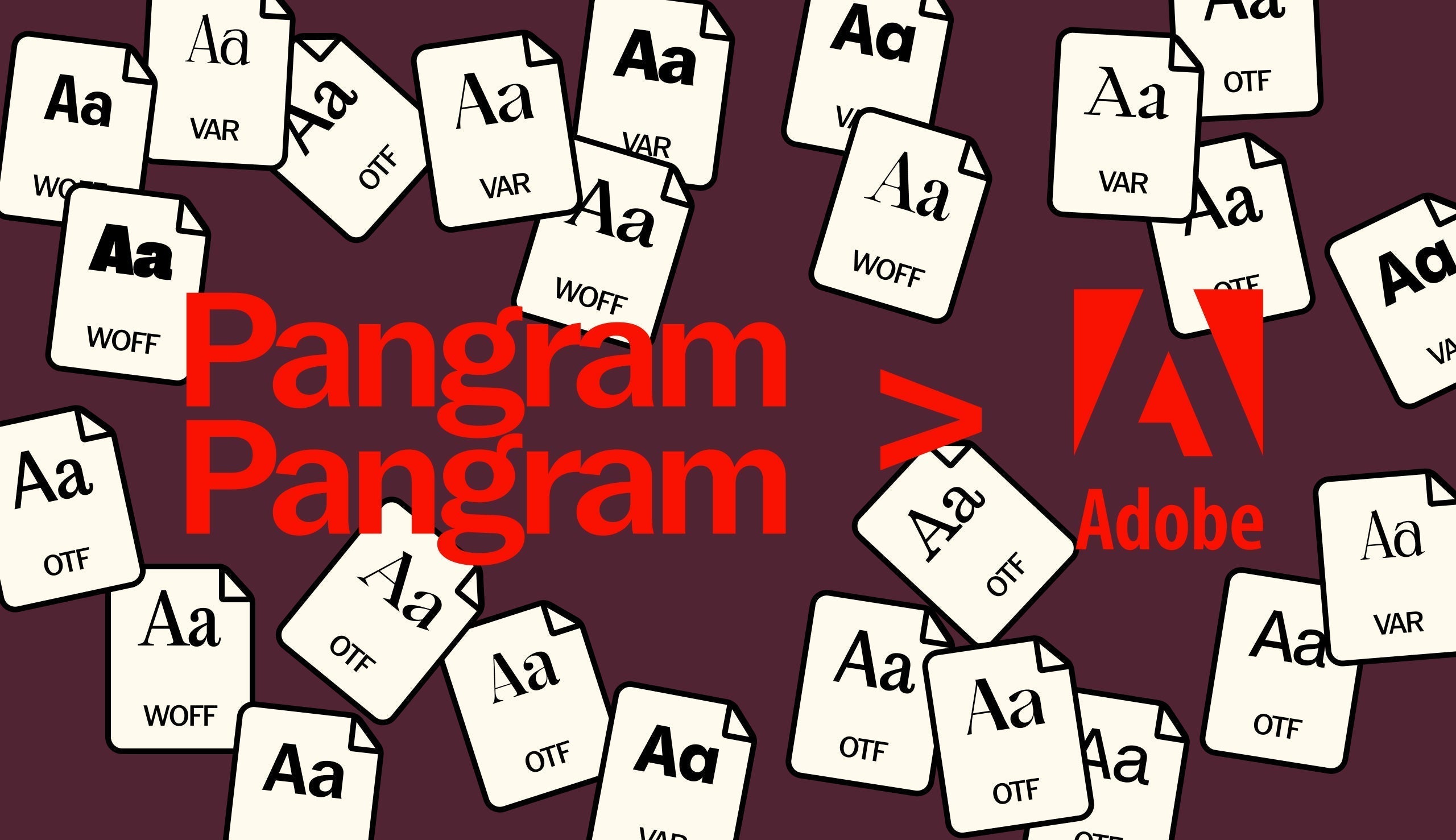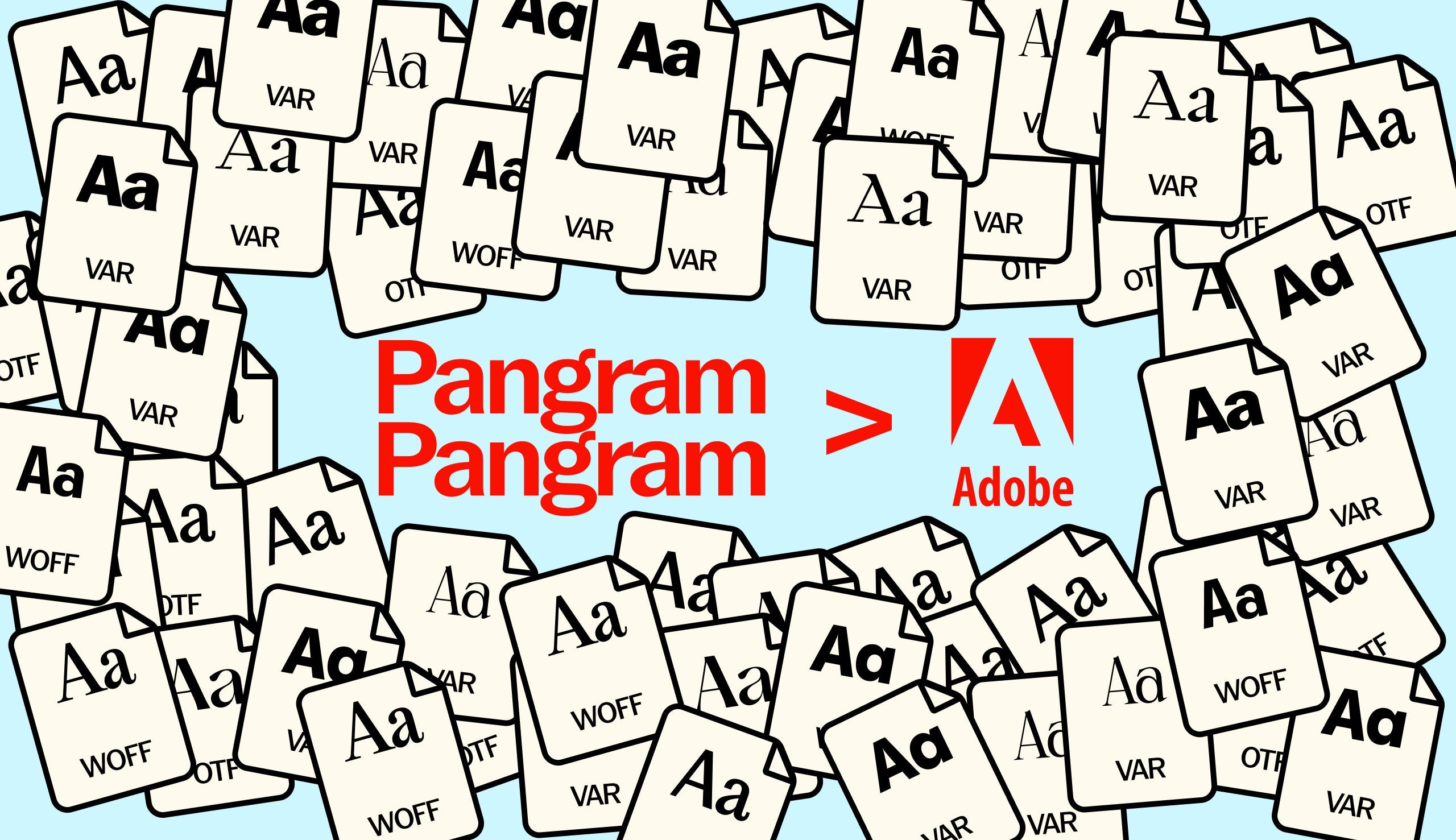Welcome back to Design Basic’s Getting to Grips! In this series we chat to industry pros, revealing the inside scoop on their processes, practices and preferences.
Be it editorial, identity or website design (or anything in between!), the font you use can make or break the project. In this article, we’ve spoken to the best of the best about how the medium of a project affects the typeface choices made. We’ve spoken to half-a-dozen creative heavy-weights to find out how their approach changes brief-to-brief.
Whether you're well-versed in the act of choosing typefaces or find it a daily struggle, we’re certain that there is something in these answers for everyone. After all, you never stop learning.
Over to you, dream team!
HOW DOES YOUR APPROACH TO TYPEFACE CHOICE CHANGE FROM DESIGNING BRANDS TO DESIGNING BOOKS OR DIFFERENT MEDIUMS?
Natalia Oledzka of Porto Rocha
PR: Regardless of medium, I often think about the project’s relationship with time. For branding projects, we’re building design systems that are meant to last, so we have to make sure our type choices won’t get tired or outdated over the long haul. On the other hand—festivals, events, posters, campaigns—are brief moments in time, which give us permission to be more expressive, experimental and contemporary.
There’s a similar consideration when designing books. One of the projects we are working on now is a photographic journal documenting photographers of today—and given the contemporary nature of the imagery, we decided to balance it with a classic serif and sans pairing. We didn't want to make the journal feel fleeting and temporary, but rather a permanent moment in time that gave this incredible collection of photos the sense of weight and substance it deserves.


TwoMuch Studio
TMS: We work in a lot of digital mediums, mainly a mix of websites and 3D motion graphics. When it comes to working in 3D, we love trying to bring type into those spaces. Whether that be using it as texture or extruding the letters themselves, we like it to keep it playful and see where it goes. We tend to lean more towards simpler typefaces for these applications as we find it provides a nice base to freely distort and experiment with the type, as well as offering greater legibility at different angles.
When it comes to websites, we are a little bit more relaxed with choice, picking what fits best. On websites, you are usually dealing with a lot of different kinds of copy and text, such as heading levels (h1, h2, etc.), body copy, details, metadata, buttons, and links. You have to think a bit ahead about how the type will work in all scenarios as the content on websites most of the time is going to change and be updated. All these extra bits mean you need to make sure you have a solid font choice that is flexible enough to work in all these places.


Office of Demande Spéciale
ODS: It’s not really about the medium but more about the subject of what we are designing. The medium can affect the final choice of typeface, but it’s not the thing we think about first when we are looking for the right font for a project.


OlssønBarbieri
OB: Our experience is mostly with brands and packaging. We are starting now to work more also with how a brand lives digitally and we worked with a few books. I don’t believe in absolute truth, but it sounds right to say that the criteria to choose typography for a logo, a label, a book or a website should be different. In general, we appreciate a sense of durability and we tend to shy away from using “too trendy” fonts. It often takes some time before you reach the market, a bottle with its label can take more than 12 months to be produced, and you hope the product will live for some time, without feeling off or dated too soon. But it’s of course a balancing act between a contemporary and progressive expression and more timeless qualities.
To attempt to give examples, I think body text in a book should be pleasant and inviting to read, it needs to create a dynamic system that allows for variations and consistency, while connecting with the images, if any, and content. In a brand, especially in a label, because the hierarchy of the content is so important, the choice and pairing of fonts need to be tested with the actual font size and content to understand if it works altogether, and often the typography interacts with other design elements and illustrations.


Little Troop
When designing for brands, we select typefaces that we feel will withstand the brand’s lifespan without feeling outdated, that have a sense of timelessness and aren’t too stylized or trendy, or feel tired/overused when seen again and again. We also make sure it will be an easy typeface to use within a brand’s internal team, who often won’t have any design experience at all — ie. we wouldn’t choose a typeface that needed lots of letter spacing adjustments, for example — you want something ready to go out of the box!
When selecting typefaces for more “of-the-moment” applications, like books, or a type treatment for a TV ad, there’s a lot more flexibility to choose something with a bit more pizazz or that needs a bit more customization, as we have full control over its application.










